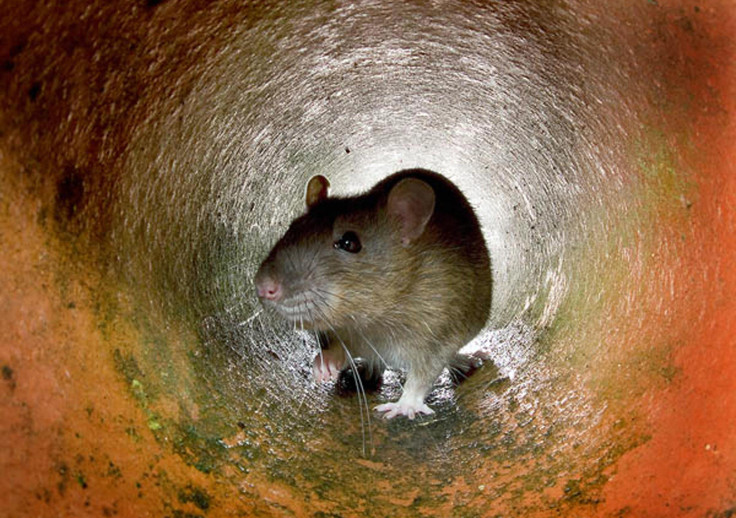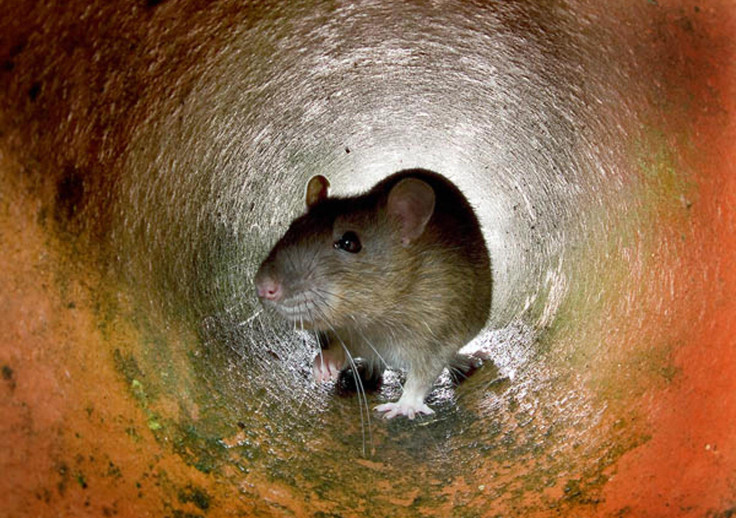What Is Rat Lungworm Disease? Two New Cases Pop Up In Hawaii

Two people have been infected with Angiostrongylus cantonensis in Hawaii in recent months, the Associated Press reports. Since Angiostrongylus cantonensis has far too many syllables and does not properly convey how gruesome the disease is, it has another colloquial name that is more fitting: Rat lungworm.
The AP reports the two victims consist of an adult living on the island of Maui and a teenager from New York who was visiting the state’s Big Island. Both victims were hospitalized, with the teen’s trip to the hospital occurring after they returned to the East Coast, a month after their Hawaii trip.
The two infections brought Hawaii’s rat lungworm tally up to three for 2018 alone. The state counted 18 infections in 2017, according to the New York Post. A specific cause for the New York teen’s infection was not identified.

Rat lungworm is a parasitic worm found in adult rodents, namely rats. These worms live in rat feces as larvae, which then get absorbed by slugs and snails. The process folds back in on itself after that, with the worms only fully maturing to adulthood after rats eats the snails and slugs that have been infected by the larvae that were once inside rats, according to the Center for Disease Control.
Humans only get infected under “unusual circumstances,” according to the CDC, but it does happen. Eating infected slugs or snails can result in a nasty case of rat lungworm in a human, as can eating raw produce that has come in contact with the aforementioned slimy creatures. Symptoms can range from absolutely nothing to nausea, vomiting and even coma.
Rat lungworm is most common in southeast Asia, Pacific islands, and Australia, with the odd case here and there in other parts of the world. A child in New Orleans got it after eating a snail in 1993, but his symptoms went away in a couple of weeks with no treatment, per the CDC. Rat lungworm can be a relatively long-lasting inconvenience but will usually die on its own without outside interference if given time.
“We can all do our part to eliminate risks around our homes, gardens, and farms by controlling rats, slugs and snails, especially during the rainy season,” Hawaii state epidemiologist Dr. Sarah Park said, according to the AP. “Inspecting and thoroughly washing produce under clean, running water can go a long way in preventing rat lungworm disease.”
© Copyright IBTimes 2025. All rights reserved.





















